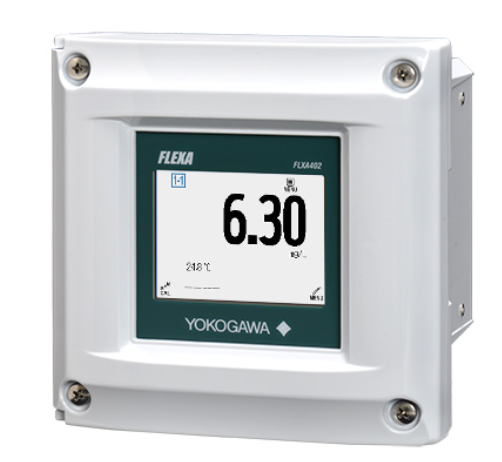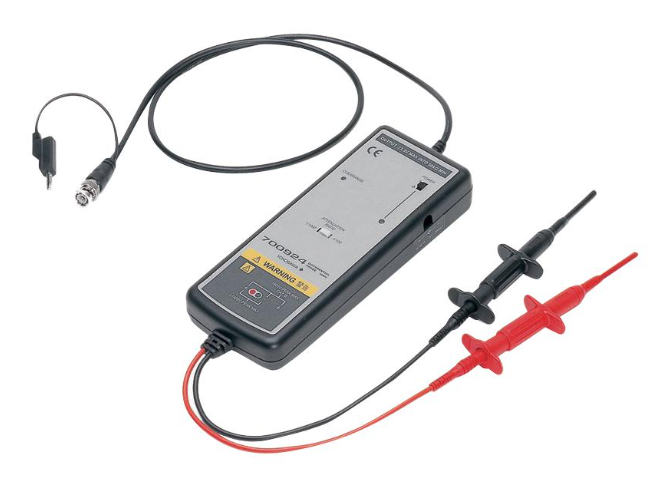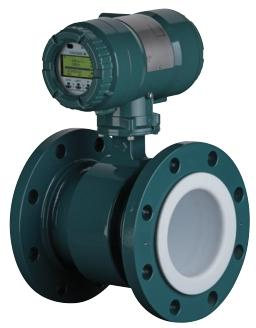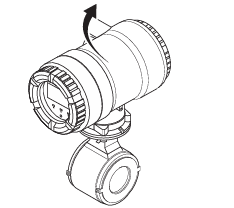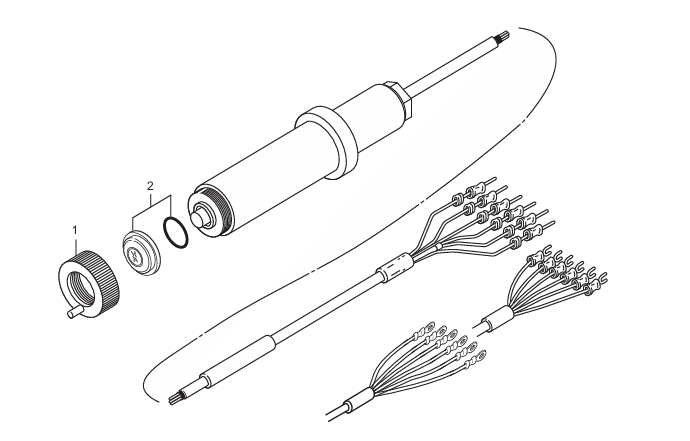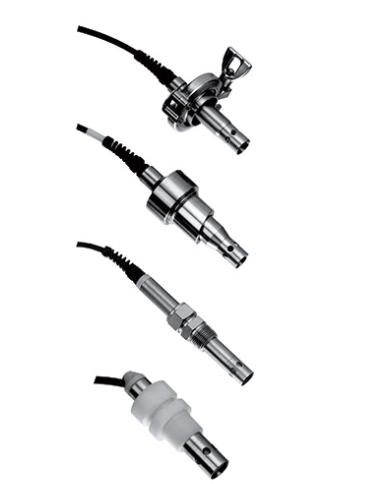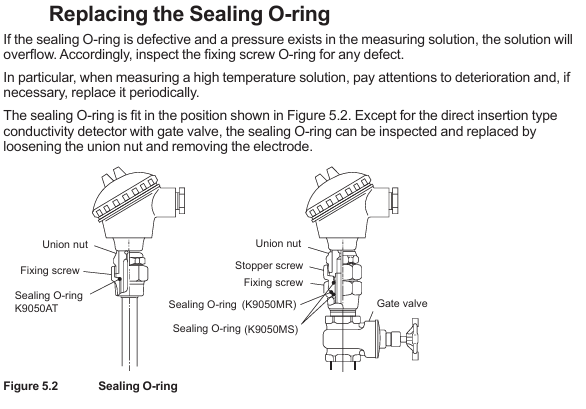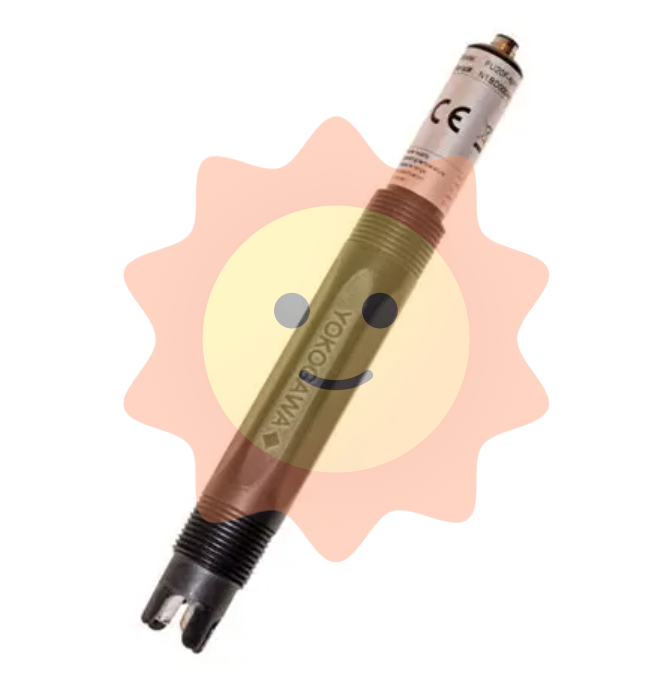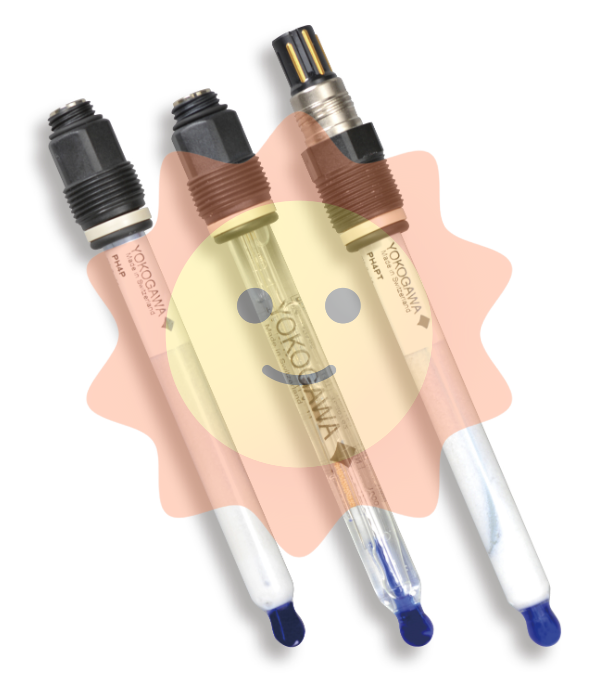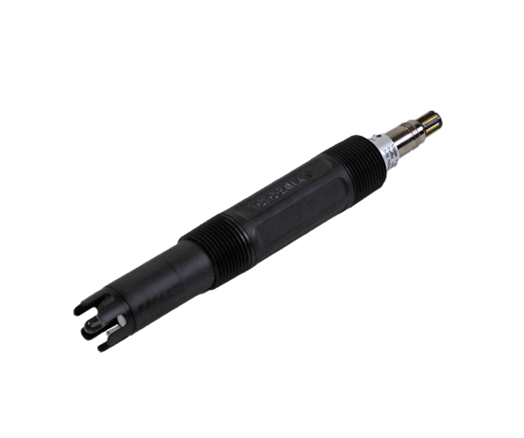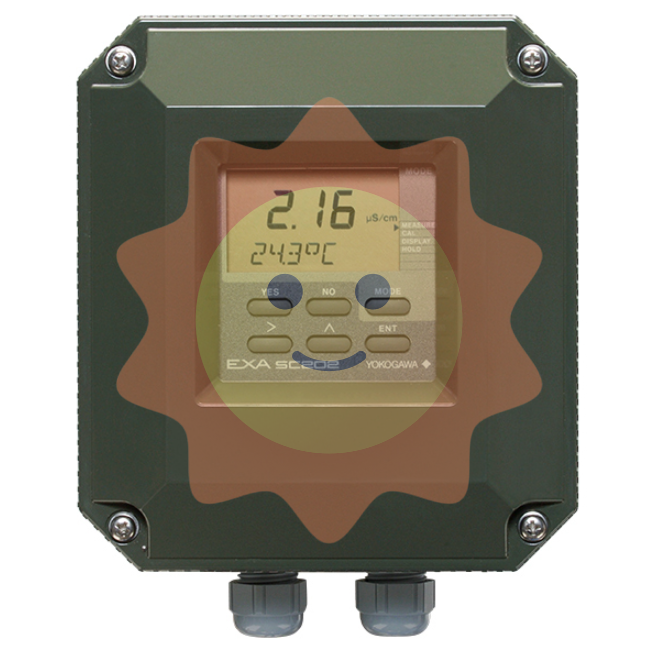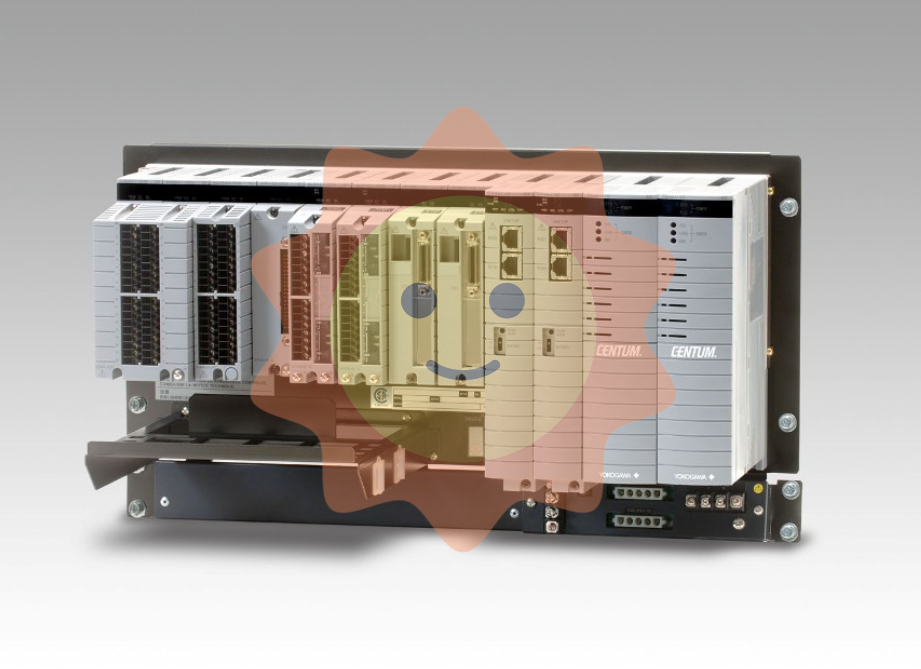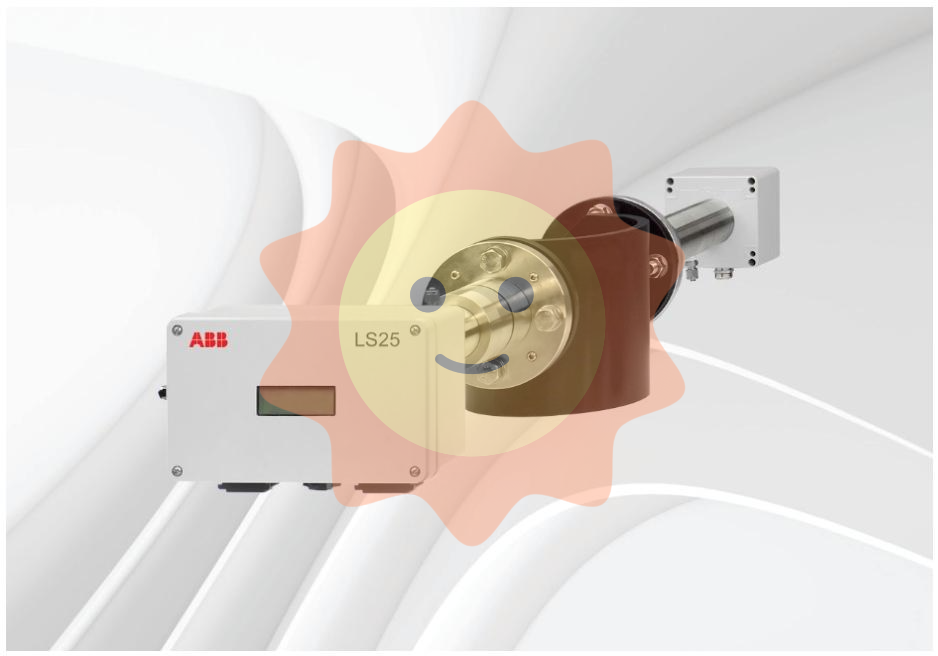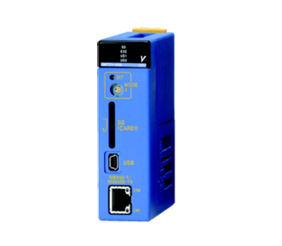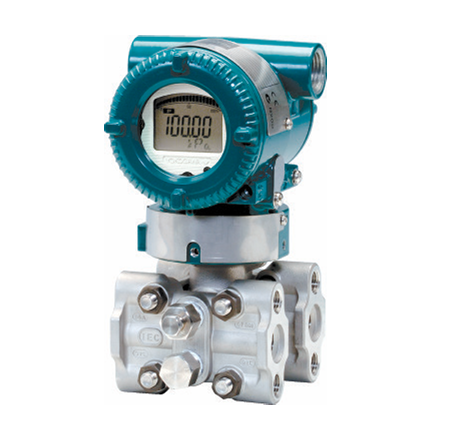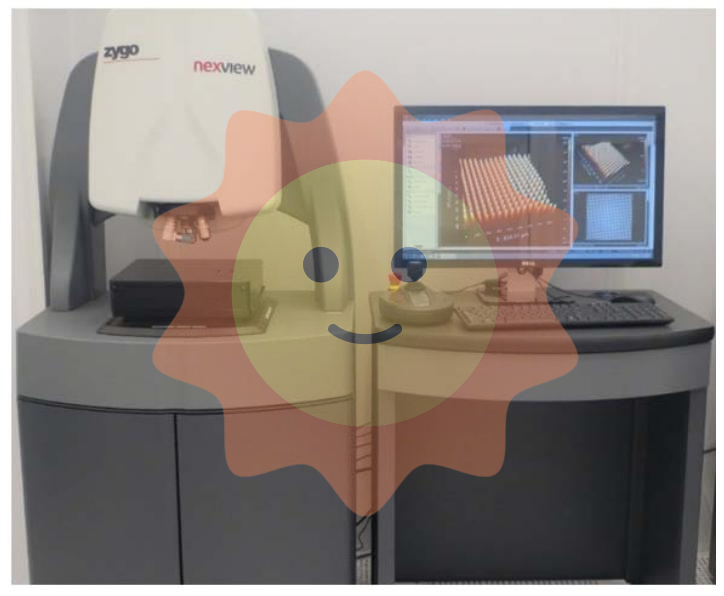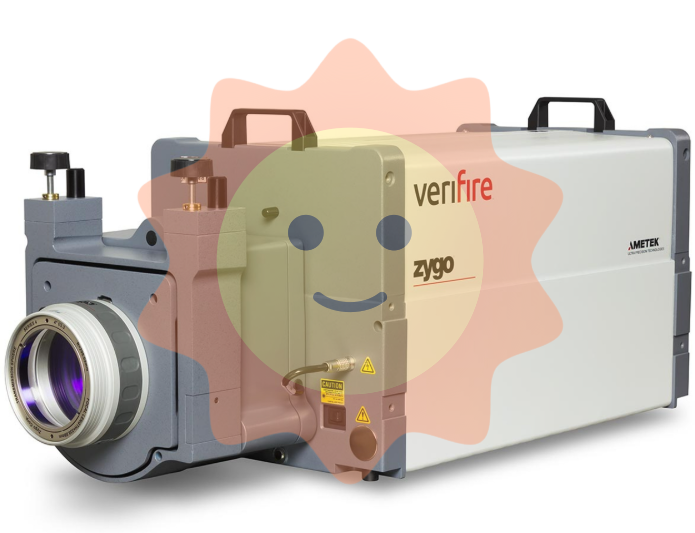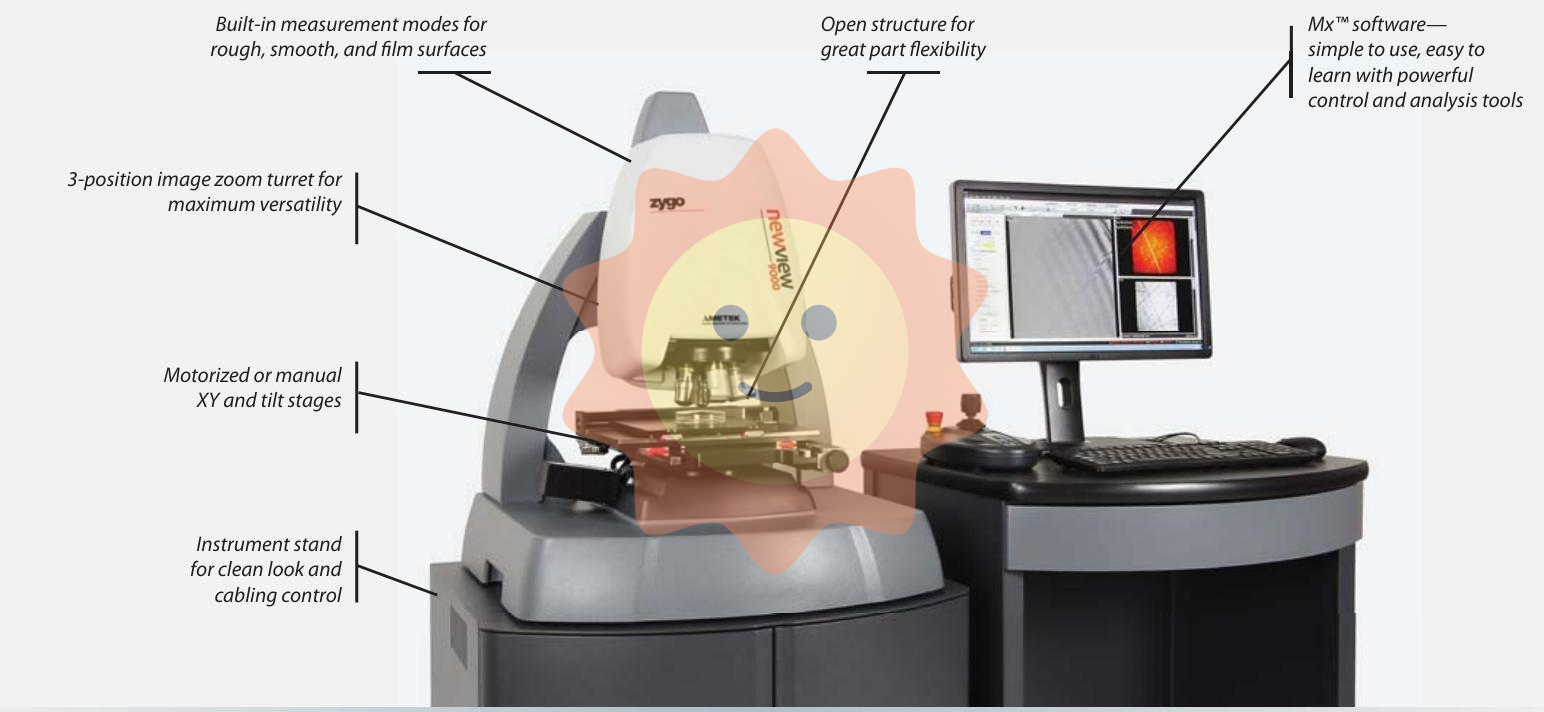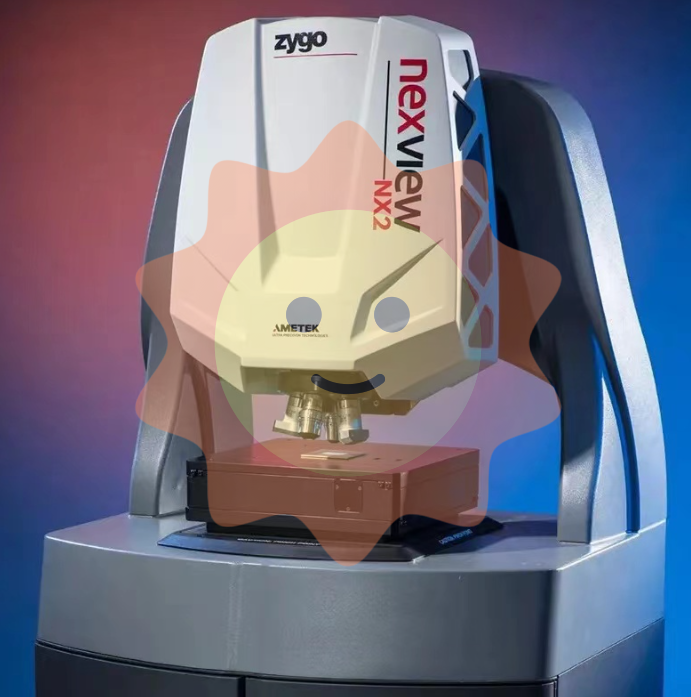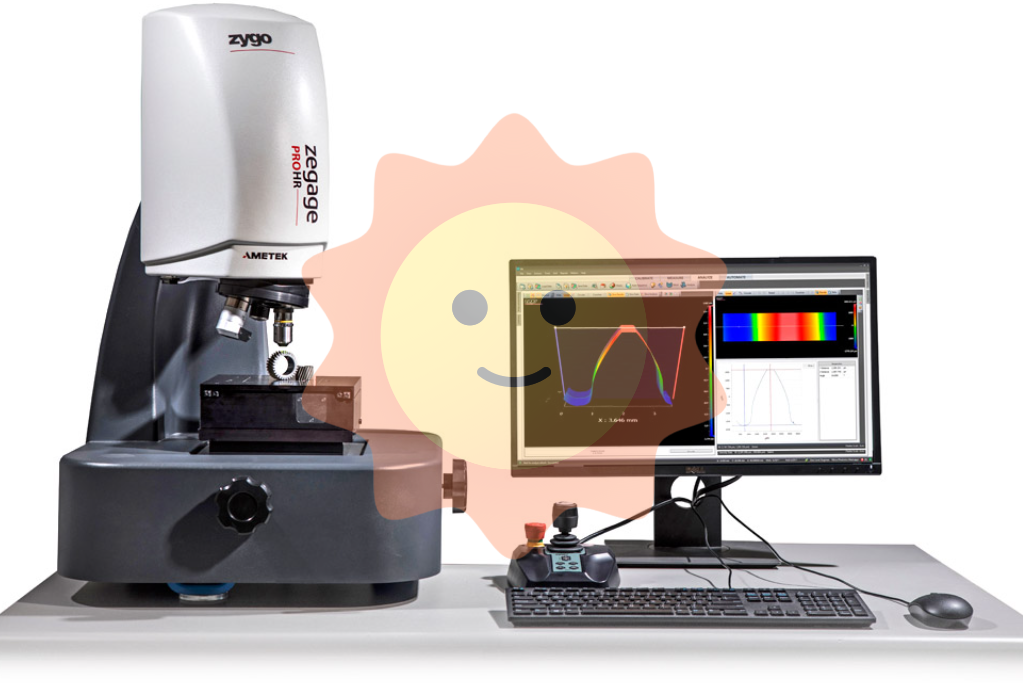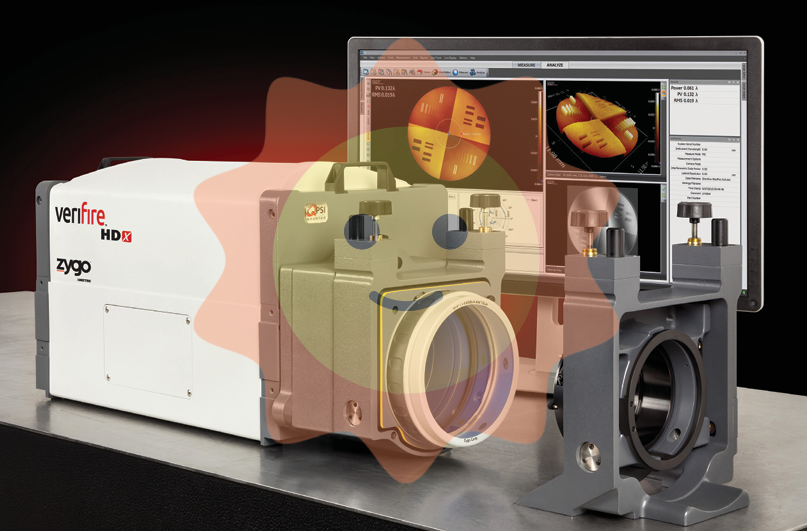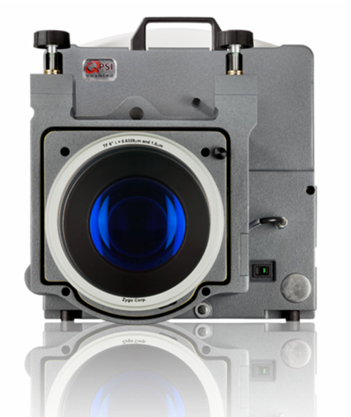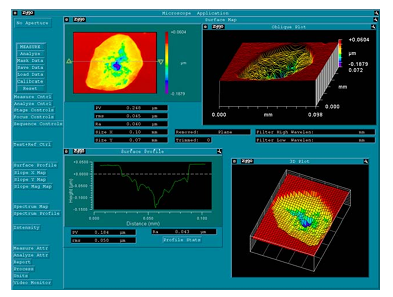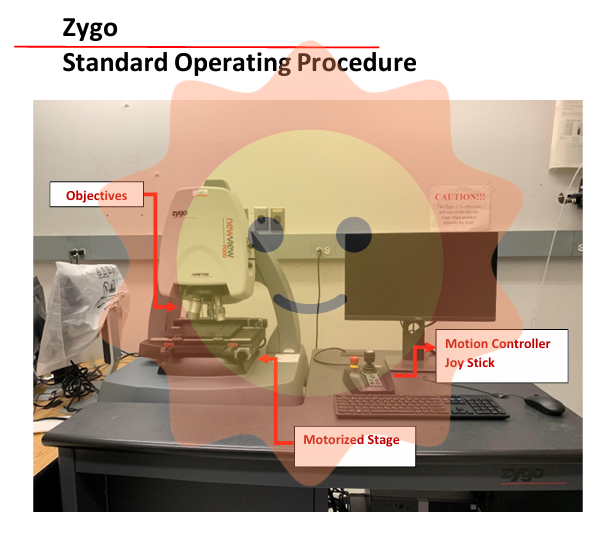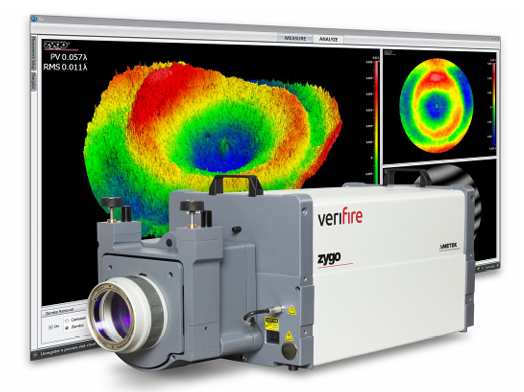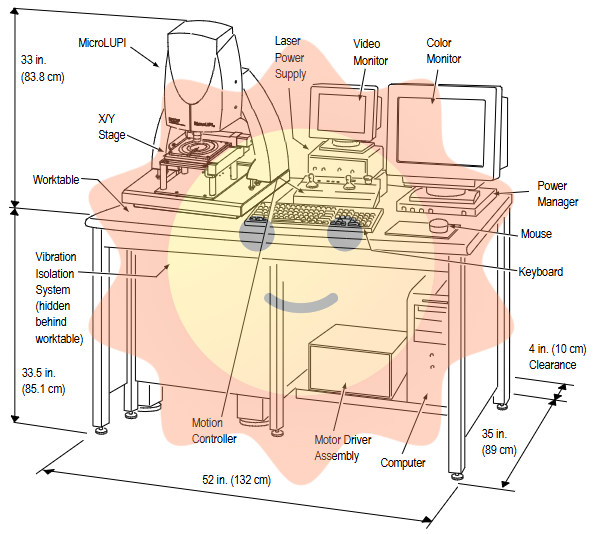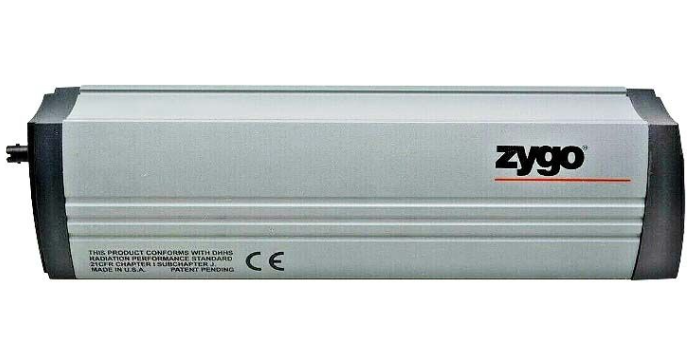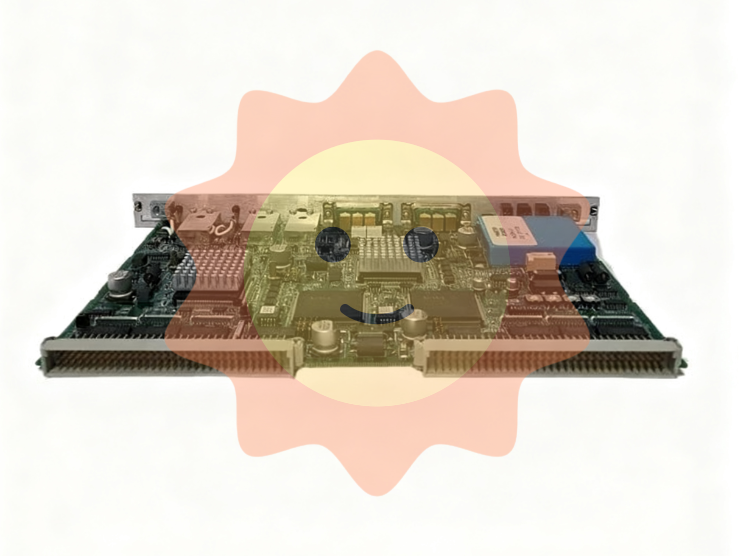In industrial automation control systems, the digital input module is the "bridge" connecting the on-site perception layer and the control layer. The core function of O3ED module focuses on the reliable acquisition and stable transmission of signals, specifically manifested as:
-Multi channel signal acquisition: The module integrates multiple independent digital input channels, which can simultaneously acquire multiple on-site switch signals, reducing system wiring complexity and equipment space occupation.
-Signal isolation and conversion: Built in optoelectronic isolation circuit effectively isolates electrical signals from the field side and system side, avoiding field interference (such as surges, electromagnetic radiation) from entering the control system and ensuring the stability of equipment operation. Simultaneously convert on-site non-standard signals into TTL/CMOS standard digital signals recognizable by PLC or DCS.
-Real time status feedback: Some models are equipped with channel level LED indicator lights, which can intuitively display the signal status (on/off) of each input channel, making it easy for on-site operation and maintenance personnel to quickly troubleshoot faults.
-System compatibility: Designed specifically for ABB mainstream control systems (such as AC500 series PLC), seamless integration with controllers is achieved through standard bus interfaces, supporting plug and play and simplifying the system configuration process.
ABB O3ED Digital Input Module
Core functions and positioning
In industrial automation control systems, the digital input module is the "bridge" connecting the on-site perception layer and the control layer. The core function of O3ED module focuses on the reliable acquisition and stable transmission of signals, specifically manifested as:
-Multi channel signal acquisition: The module integrates multiple independent digital input channels, which can simultaneously acquire multiple on-site switch signals, reducing system wiring complexity and equipment space occupation.
-Signal isolation and conversion: Built in optoelectronic isolation circuit effectively isolates electrical signals from the field side and system side, avoiding field interference (such as surges, electromagnetic radiation) from entering the control system and ensuring the stability of equipment operation. Simultaneously convert on-site non-standard signals into TTL/CMOS standard digital signals recognizable by PLC or DCS.
-Real time status feedback: Some models are equipped with channel level LED indicator lights, which can intuitively display the signal status (on/off) of each input channel, making it easy for on-site operation and maintenance personnel to quickly troubleshoot faults.
-System compatibility: Designed specifically for ABB mainstream control systems (such as AC500 series PLC), seamless integration with controllers is achieved through standard bus interfaces, supporting plug and play and simplifying the system configuration process.
Key technical parameters
Technical parameters are the core indicators for measuring module adaptability and performance. The typical parameters of O3ED module are as follows (specific to the actual model specification):
parameter category
Specifications
Number of input channels
Usually 8 or 16 channels (mainstream models mainly use 8 channels)
Input signal type
DC dry/wet contact signal, supports NPN or PNP polarity input (some models can be switched)
Rated input voltage
24V DC (industrial automation standard voltage, compatible with most on-site sensors)
input current
Typical value of 5mA~10mA per channel (≤ 1mA during idle to reduce power consumption)
response time
≤ 1ms (high-speed response, meeting the requirements of fast working condition monitoring)
isolation level
Isolation between channels and between channels and systems, with isolation voltage ≥ 500V AC (1 minute)
Working temperature range
-25 ℃~+60 ℃ (wide temperature design, suitable for harsh industrial environments)
Protection level
Module body IP20 (requires coordination with control cabinet for higher protection)
Bus interface
Supports PROFINET, EtherNet/IP, or ABB dedicated buses (such as AC500 series CANopen bus)
Applicable scenarios and typical applications
The O3ED module is widely used in various industrial scenarios due to its stable performance and flexible adaptability. The core application scenarios include:
1. Manufacturing production line monitoring: used to collect conveyor belt start stop signals, mechanical arm limit signals, product detection sensor signals, etc. in the production line, to achieve real-time tracking and abnormal alarm of the production process. For example, in an automotive parts assembly line, the "completed/incomplete" signals of each process are collected through modules and fed back to the PLC to achieve process linkage control.
2. Power system equipment status monitoring: In substations or distribution systems, collect signals such as circuit breaker opening and closing status, isolation switch position, temperature relay action, etc., to provide equipment operation status data for the power monitoring system (SCADA) and ensure power supply safety.
3. Chemical and process industries: suitable for collecting tank level switch signals, valve opening and closing status signals, pressure switch alarm signals, etc., and cooperating with DCS systems to achieve safety monitoring of chemical reaction processes, avoiding dangerous working conditions such as overheating and overpressure.
4. Metallurgy and mining industry: In steel smelting or mining equipment, overload protection signals of crushers and conveyor belts, equipment operation status signals, etc. are collected to achieve overload protection and fault warning for heavy equipment.
Key points for installation and maintenance
1. Installation specifications
-The module needs to be installed on a standard DIN rail, and the installation position should be away from strong electromagnetic interference sources (such as frequency converters, high-power motors) and high-temperature heat sources, avoiding direct sunlight.
-When wiring, it is necessary to distinguish between the "on-site signal terminal" and the "system bus terminal" to ensure that the wiring is secure and avoid signal loss caused by looseness; The positive and negative poles of the DC power supply should be connected correctly to prevent module burnout caused by reverse connection.
-The bus cable between the module and the controller needs to use shielded cables, with the shielding layer grounded at one end to reduce electromagnetic interference.
2. Daily maintenance
-Regularly check the status of the module indicator lights. If there are abnormal indicator lights (such as the fault light being constantly on), it is necessary to promptly investigate the input signal lines or the module itself.
-Keep the surface of the module clean and avoid dust accumulation that affects heat dissipation; Industrial sites require regular cleaning of pollutants such as oil and dust around modules.
-Avoid frequent module plugging and unplugging. Before plugging and unplugging, disconnect the module power and bus connection to prevent static electricity or surge damage to the internal circuit of the module.
-Regularly conduct insulation tests on modules (in power-off state) to ensure normal isolation performance, and the test voltage must meet the requirements of the module specification.
Product advantages
Compared to similar digital input modules, the core advantages of ABB O3ED module are reflected in:
-High reliability: Using ABB industrial grade components, it has undergone rigorous environmental adaptability testing (high and low temperature, humidity, vibration, etc.), with a long mean time between failures (MTBF), meeting the needs of continuous industrial production.
-Strong anti-interference ability: In addition to optoelectronic isolation, the module also has surge protection and electromagnetic compatibility (EMC) design, which complies with the IEC 61000 series electromagnetic compatibility standards and can work stably in complex industrial electromagnetic environments.
-Convenient configuration and diagnosis: Module parameter configuration can be quickly completed through ABB's dedicated configuration software (such as CODESYS, Control Builder Plus), supporting online diagnostic functions, making it easy to locate channel faults or communication issues.
-Strong scalability: Supports networking with ABB AC500 series PLCs and other compatible control systems, and can flexibly expand the number of input channels according to on-site needs to adapt to automation systems of different scales.
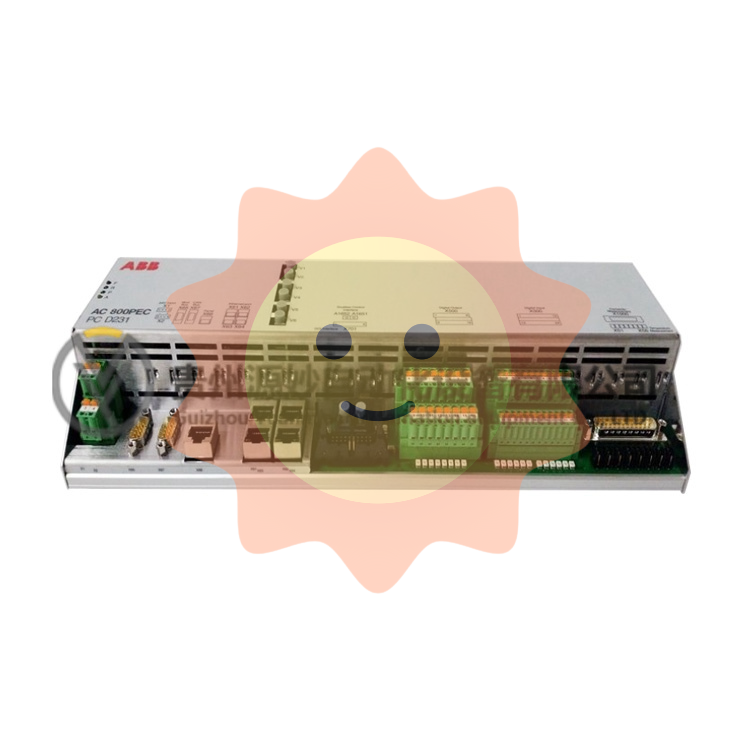
- User name Member Level Quantity Specification Purchase Date
- Satisfaction :
-









Email:wang@kongjiangauto.com


